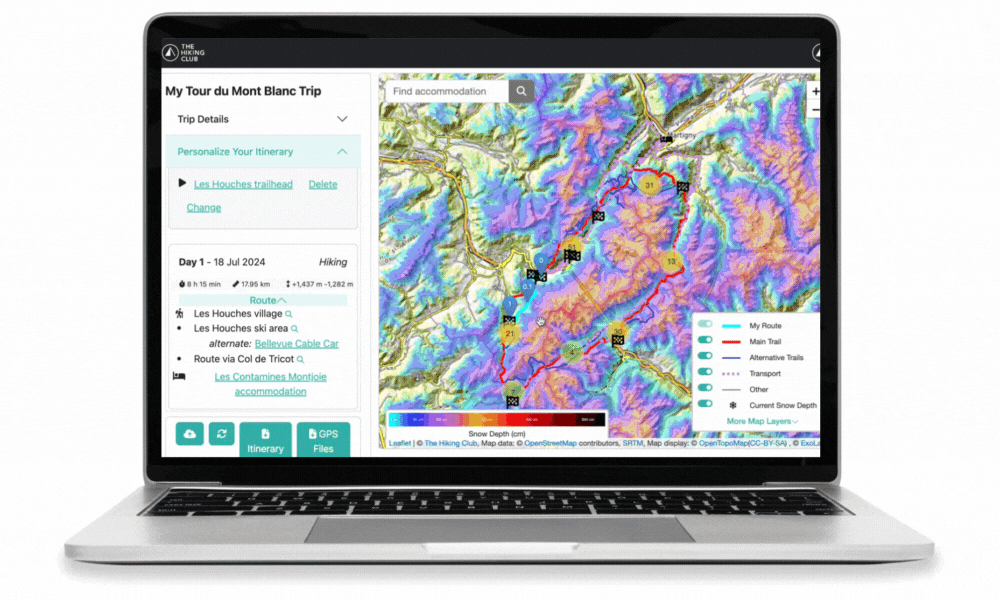The most popular time to hike the Bernese Oberland in Switzerland is mid July to end August.
During this 6 week period, hikers are most likely to have the best trail conditions, weather and accommodation options. Typically, the days are long, there is little chance of rain, no/low snow on the trails, warm temperatures, alpine flowers in full bloom and lush meadows. The Alps are a paradise during these months.
Nevertheless, the Alps are no different than any other high mountain range in the world. The weather can turn at any point. There is the possibility of thunderstorms developing later in the day and don’t be surprised if you wake up to fresh snow in the higher altitudes. Although some hikers decide to hike in June and September, there are weather and accommodation limitations to consider.
Read more about each of the different hiking seasons for the Bernese Oberland to help make your decision on when to hike.
HIKING EARLY SEASON - JUNE
In June, there is usually still a lot of snow on the high passes of Sefinafurgga and Hohtürli which may prohibit a safe passage. This varies from year to year depending on the quantity of winter snowfall and how quickly it melts in the spring.
Some mountain huts will tend to open once the majority of snow has melted from paths that are used to access them (mid-late June). Others, such as Gspaltenhornhütte and Blüemlisalphütte, will open regardless around mid June (especially Swiss Alpine Club huts) as they also service mountaineers who have special equipment and are using the huts to access the surrounding high peaks.
Typical early season hiking conditions (June)
If these huts are open, it doesn't necessarily mean they are accessible for hikers with basic equipment. It's best to check for details about conditions on their website or get in touch with them directly for more info.
Those who choose to hike at this time will enjoy the full bouquet of alpine flowers and are likely to see farmers begin bringing their cows to higher alpine regions for summer grazing. The change of season is visible all around.
EARLY SEASON HIKING
Check current snow levels in our planning app to determine safe hiking routes
HIKING PEAK SEASON - JULY > END AUGUST
Most people do not start the Bernese Oberland Traverse before early July. This is the time hikers are most likely to have the best trail conditions - with minimal snow on the trails, warm temperatures, alpine flowers in full bloom and all summer accommodation are open.
However it is also the busiest time, both on the trail and within accommodation. Therefore, early booking is required to secure accommodation, particularly if you have fixed dates or prefer private rooms.
Typical peak season hiking conditions (July - August)
HIKING LATE SEASON - SEPTEMBER > early october
This is a beautiful time of year to hike, with the fall colours all around and less people on the trail. However, storms become more frequent, days are shorter and night-time temperatures cooler.
Most mountain huts will close by late September so you need to confirm opening dates ahead of time or stay in larger villages/towns that are open all year round.
Transport along the trail in ski resorts (gondolas, cable cars) and buses down remote valleys will also reduce their service or stop between late September and mid October so ensure not to have a plan that relies upon them without confirming schedule end dates first.
Typical late season hiking conditions (September)
summer transport schedules
Access the seasonal transport schedules for buses, trains, and gondolas along Bernese Oberland Traverse






